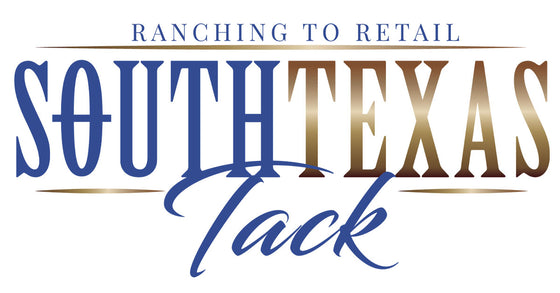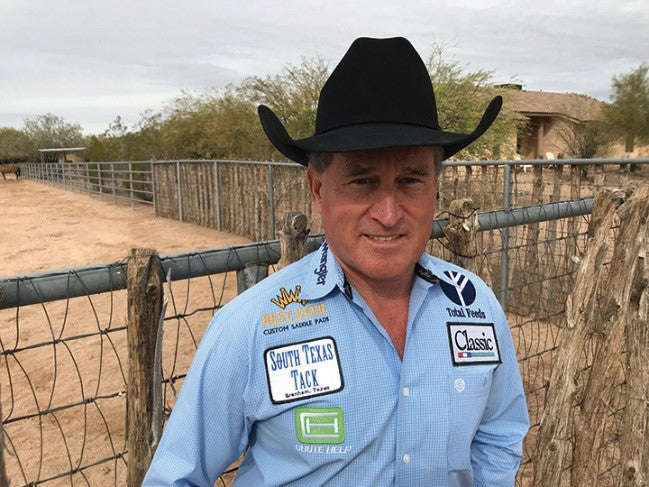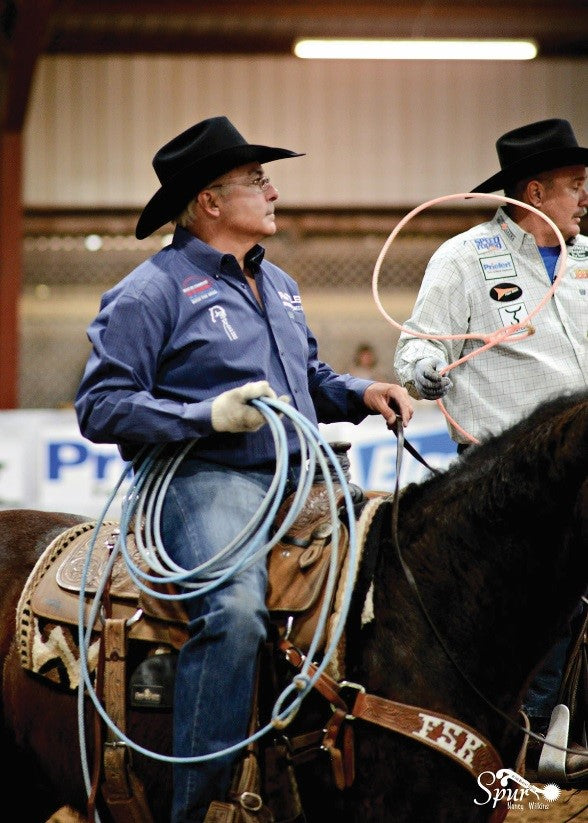Back in 1971, Warner Bros. pictures was filming the next great John Wayne movie—”The Cowboys”—a classic Western about aging rancher Wil Andersen (John Wayne) who was forced into recruiting school boys for a 400-mile cattle drive, after his ranch hands abandoned him in lieu of the gold rush. The casting call went out for “real cowboy kids” who could ride and rope to try out for parts. Ten-year-old Clay O’Brien fit that bill to a tee, tried out, and next thing he knew he was playing the role of young puncher Hardy Fimps along side Wayne and other Hollywood icons. However, in reality, Clay didn’t have to do too much “acting”; the riding and roping requirements of the role came naturally. Wayne knew talent, and seemed to “like the way Clay handled a rope”. Ironically, little did anybody know that the rope-handling ability was God-given and that little “Hardy Fimps” would someday be a multiple world champion.
Clay O’Brien Cooper was born May 6, 1961 in Ray, Ariz. He was raised around horses, rodeo and team roping. His stepdad, Gene O’Brien, started out riding broncs and bulldogging, and by the time Clay entered the picture Gene was heavy into team roping.
“Our family started putting on jackpot ropings on the weekends to help make a living,” Clay recalled. “From the time I was about five years old until I left home at 16 we ran a weekend jackpot at home.”
Roping from the age of five, Clay tried to catch “anything that moved…the dog, the goat, and steers on foot” and started throwing a loop from horseback very early.
“I started getting on and running steers when I was pretty small,” he shared. “There were always kids around roping, I grew up around that and picked up on how to swing a rope. I just watched and mimicked and then of course my stepdad provided the arena. I had chores; I cleaned corrals, fed cattle, and worked chutes so we were always working hard but in our spare time we were always roping.”
Meanwhile, during the week…
Clay’s stepdad worked as a wrangler for the motion picture industry for shows like “Bonanza” and “Gunsmoke”. And, it just so happened there were quite a few people in the movie industry that roped at Gene O’Brien’s arena, including the jackpots. So, when casting for “The Cowboys” was underway, producers wanted a mix of real actor kids and real cowboy kids, and they knew just where to look.
“All the kids from the junior rodeo association and ropings in southern California showed up for the casting agents and producers, and I was one of the real cowboy kids that ended up with a part,” he said.
Clay also starred in various TV shows, such as “Marcus Welby M.D.” (1972) and “Little House on the Prairie” (1975), several Walt Disney movies such as “One Little Indian” (1973) and “The Apple Dumpling Gang” (1975), and another John Wayne classic, “Cahill U.S. Marshal” (1973). 
“I did movie or TV work until I was 15,” Clay said. “It was real work. From age 10 to 15, I worked a lot. It was just an opportunity to make money at a young age and have a little nest egg to invest. As for John Wayne, even as a little kid I knew who he was, I respected him, I watched his movies, he was a hero, legend and icon in my mind and after working with him I still hold the same views of what kind of man and actor he was and what he stood for. He was the quintessential man’s man.”
As much as he could, during the movie years, Clay competed at jackpots and junior rodeos and fondly remembers two good palomino geldings, Suds and Sleepy, a couple of rock solid old souls were his go-to mounts until he was in his late teens and ready to step up his game—and step it up he did.
“When I quit working in the movies, and got a driver’s license at 16, I was gone. I had wheels and I wanted to compete. I had always looked up to the pro ropers as heroes and I wanted to emulate their lifestyle and thought that traveling the country and competing would be neat. By that time, I could make a living and support myself roping, so that’s what I wanted to do.”
In these formative years, Clay recalls being heavily influenced by some real legends, and he was always a student of the sport. His mom packed around a portable Reel to Reel camera and recorded the top ropers at the big events, then Clay would go home and study their runs in depth.
But soon, ropers the world over would be emulating Clay O’Brien Cooper—and he’s been a hard act to follow. Long known as “The Champ”, he went on to win countless team roping accolades, including seven world titles on the heeling side (roping behind legendary header and partner Jake Barnes), 29 Wrangler National Finals Rodeo qualifications, and nearly $3 million in PRCA earnings to date. He is also known as one of the top horsemen, who credits fellow roping icon Mike Beers in helping him realize “there was more to horsemanship than just riding to the corner and roping.” Furthermore, he has mentored countless other ropers not only in roping, but in their Christian walk.
John Wayne called it years ago. In all aspects, Clay is indeed “one of the real ones.”



